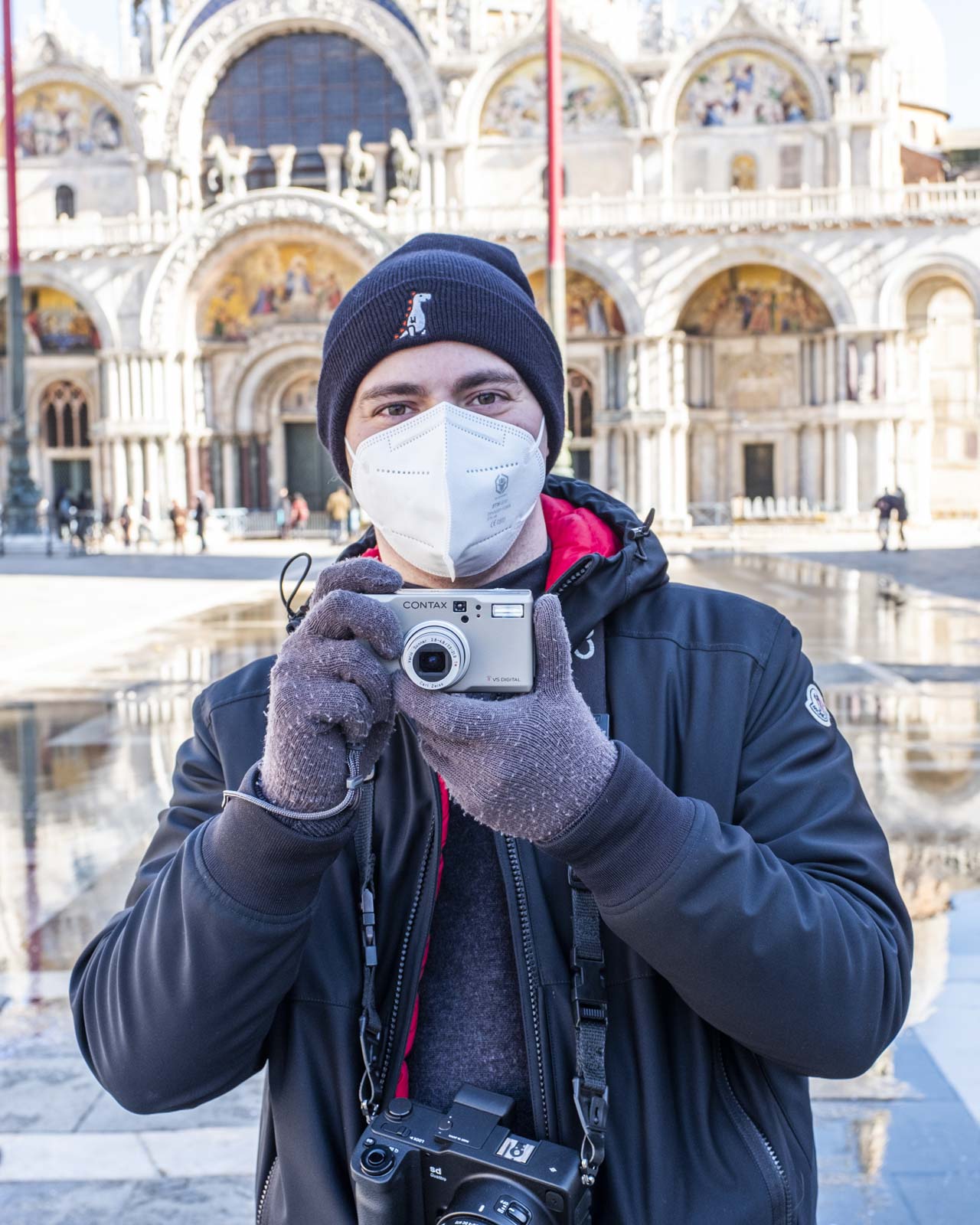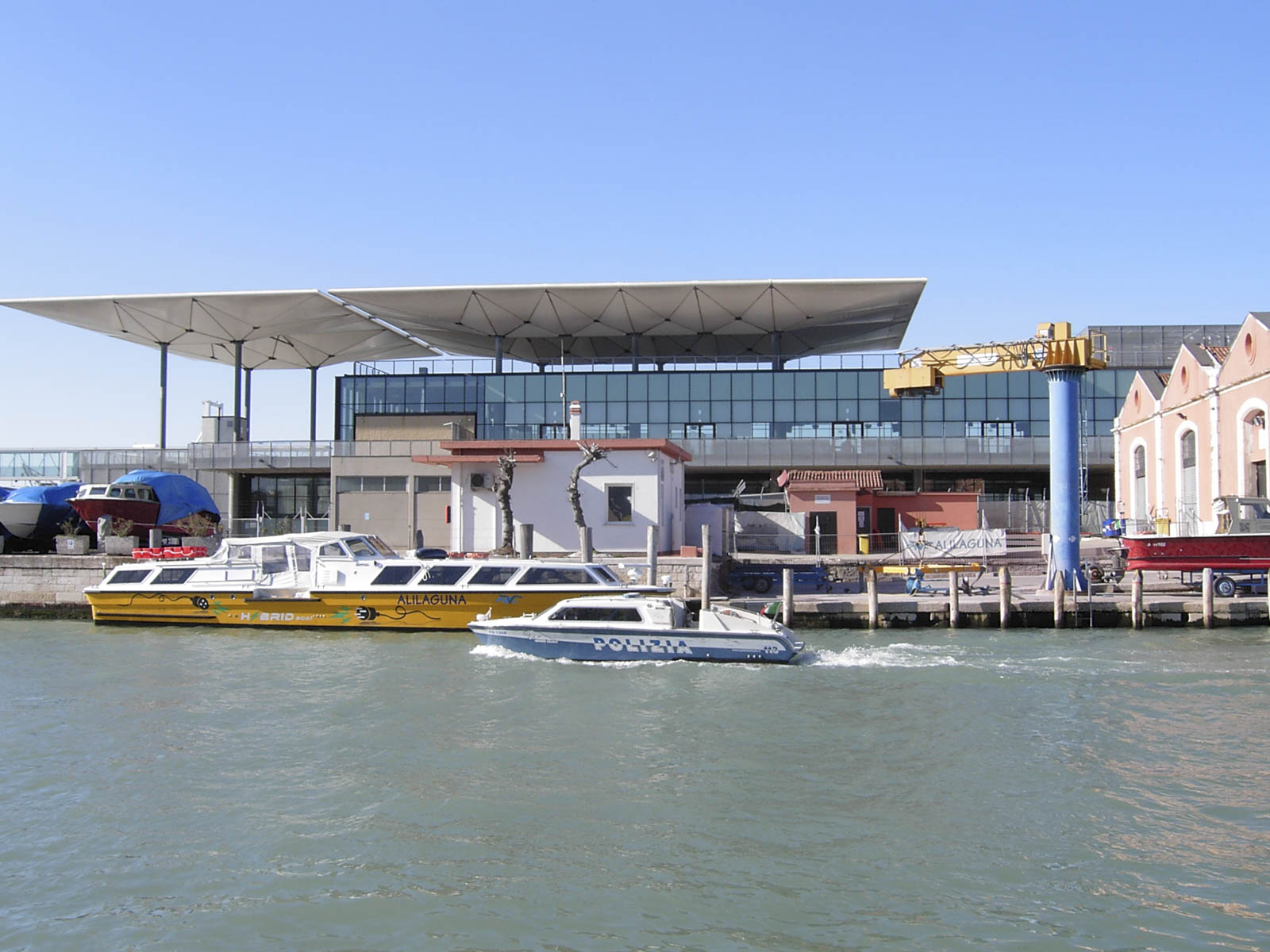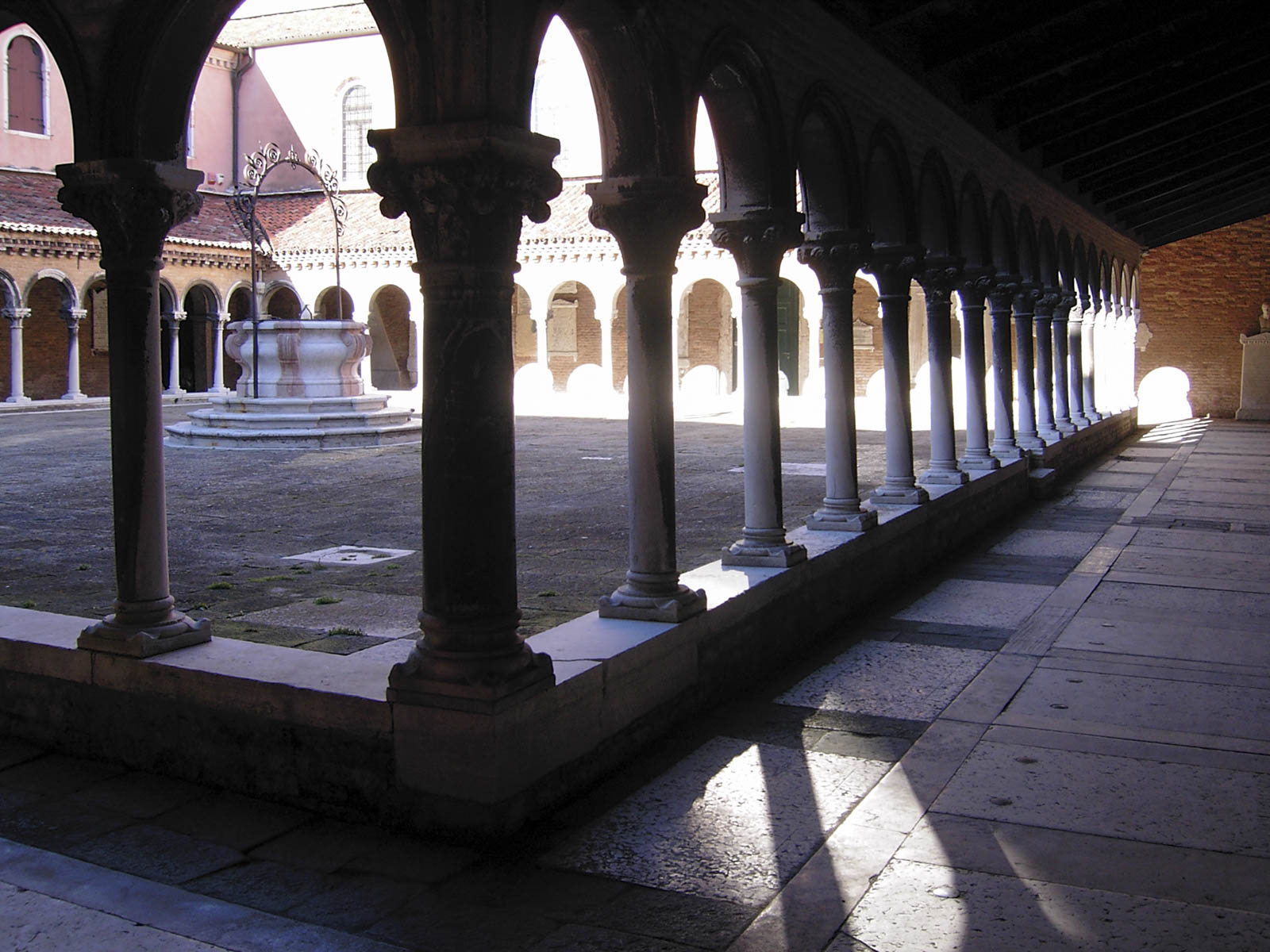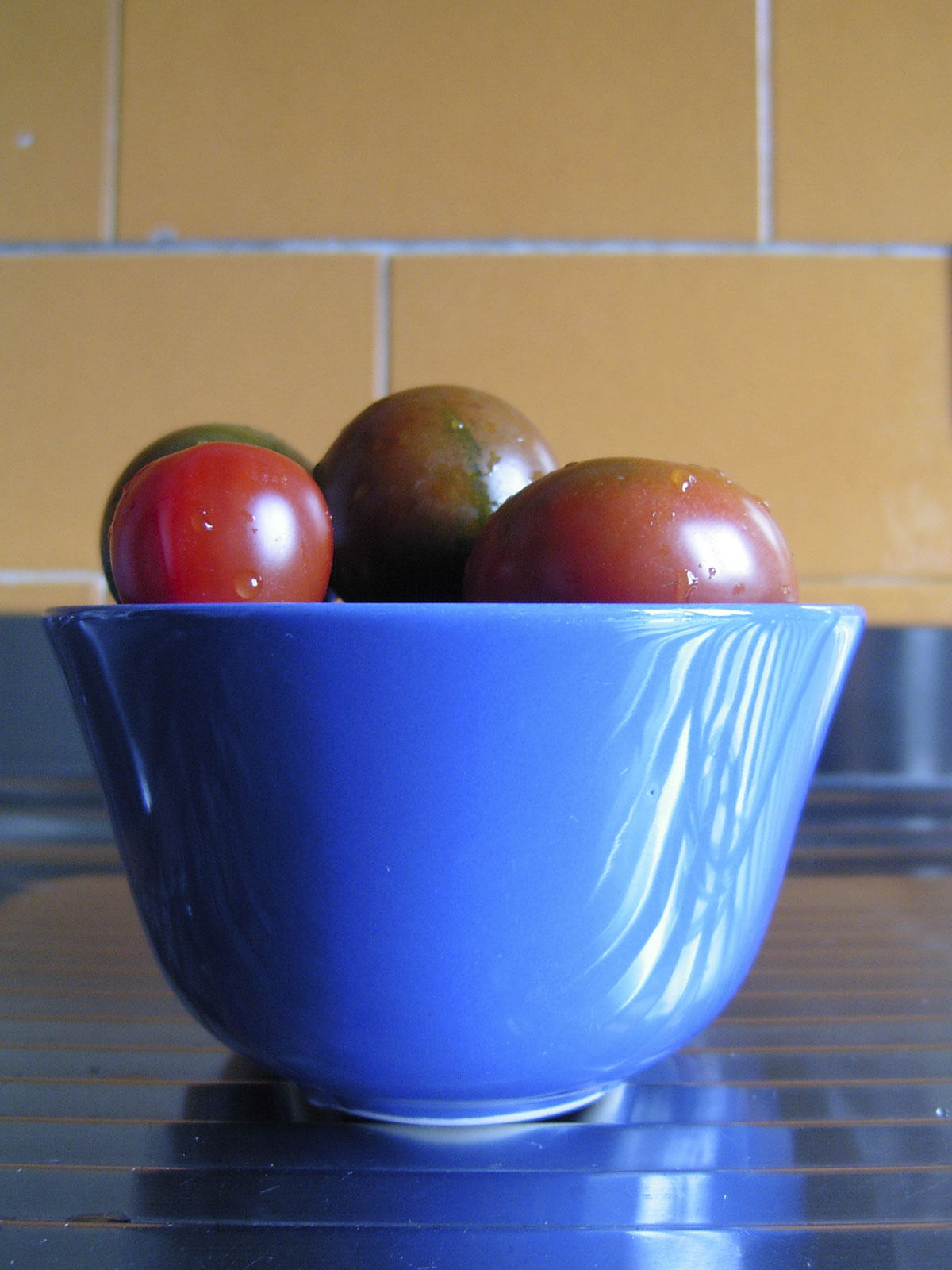TOC
If analog photography in 2021 may seem prehistoric to some, the technology in 2002 was decidedly antediluvian compared to the one we use today. Digital sensors were already rapidly establishing themselves, the previous year the Nikon D1x was released, the first authentic DSLR designed for a large market. At the same time, however, the iPhone was still 5 years away, the most popular social network was Friendster and Wall-Mart was the biggest company in the world. Tom Brady was an NFL champion, and that’s the only thing that remained unchanged after nearly 20 years.
With brilliant intuition, Kyocera, owner of the CONTAX brand, decided to create a luxury camera but designed for a consumer market. Nothing new, since this had been the company’s strategy for at least ten years, but this time there would have been a digital sensor inside. Kyocera arrived at the prepared enterprise: two years earlier it had presented the first full-frame (!) CCD, the enormous N1. However, it was a huge machine, while the TVS combines a small digital sensor with the lens of the TVS and the look of the T3. The T series, in fact, despite having already passed its prime, had been a real point of reference in the field of luxury compact cameras.

The author in Venice while carrying out some tests to compare CCD and Foveon.
Today it is possible to spend crazy amounts on T2 and T3, without anyone wondering if it is worth it, precisely because inserting a roll of film inside them the results are still amazing. But does it make sense to buy a digital compact almost 20 years old? I have not thought about it much, fascinated by the design I decided to buy it for its indisputable value as a design object. At the same time, however, I was sorry to behave like the collector that I am not; therefore, I decided to proceed with some field tests. The results were nothing short of surprising.
First, when you pick up this camera, you realize how prehistoric it is. The instruction manual and the software are contained on a floppy disk! Obviously, these are nowadays impossible to open on any computer, as not all modern SD cards are compatible. The older ones, like mine, work fine but are limited to a few MB (not GB), you get around a hundred high-quality photos. In short, the user experience is the same as walking around with 3 film rolls. Speaking of photos, each of them weighs around 2MB at the highest quality of 5mpx. Today this definition may seem ridiculous, but the aforementioned Nikon D1x had the same resolution and was meant for professionals. A consumer 35mm film scanned with home methods achieves that definition, so the resolution isn’t a real issue unless you’re looking for professional quality.

Although limited by the resolution, the rendering appears immediately pleasing to the eye, with subtle and very natural tones.
At today’s price, it is easy to say that if you want to take very sharp photos there are other options, but in 2002 the other options were even more expensive or analog. Not that the TVS Digital was analog, on the contrary, presenting a retail price above 1000 euros. The single currency was adopted that year and calculating the price net of inflation we are talking about around € 1,350 today. A considerable amount, considering that for the same price you could buy a used Leica M. The price, the competition from Sony, the continuous improvement of the sensors, were all determining factors in the poor commercial success of this model. For many years considered a titanium jewel, it still retains a timeless charm today. But I was intrigued by the CCD inside, so I decided to start using it.
CCD sensors have been supplanted by CMOS for one main reason: noise at high ISO. TVS Digital officially reaches ISO 400, but it doesn’t make much sense to use it outside of the basic set of 80. The colors are fantastic, however, with that subtlety and tonal richness typical of CCDs. In situations of high brightness, the 1 / 1.8 “sensor (7.18x5.32 mm) performs particularly well, taking into account age and size. Its performance begins to drop drastically, however, in low-light situations. it becomes more complicated for scenes with high dynamic range: it is particularly limited, especially in the highlights, but which do not appear annoyingly burned. They, although a little bit blown out, have a characteristic appearance in some ways similar to the performance of the film, giving an overall pleasant sensation.

Even when the highlights are burned out, the rendering is never annoying, so much so that it seems more like film than digital.
The real masterpiece, however, is the lens, if on paper the Carl Zeiss T * 7.3-21.9mm (equivalent to 35-105mm) F / 2.8-4.8 does not shine for specifications, its yield is excellent. There is no shortage of flaws, such as distortion at 7mm, but they are outnumbered by the merits. It is a lens capable of performing well at any length, offering a focal range suitable for practically all situations. The user experience is thus particularly pleasant: walking around with this camera is always satisfying and the images “come out” as you can see from the few attached here. The small aperture is compensated by an excellent flash, which must be learned to use immediately. Then there is a very comfortable macro mode, which once tamed guarantees an amazing detail.
As for the initial question, it makes sense in my opinion to buy such a car, but only if you know its strengths and limits. It is an object that every time it comes out of the jacket attracts the gaze of all those present, almost to be worn as a fashion item. At the same time, the photos it is capable of are similar to those of a mid-range phone, slightly higher than those of a disposable camera. So does it make sense to spend more than € 200 for it? In my opinion, yes, even net of the collecting aspect. A disposable Kodak costs around € 15, which easily becomes € 20 with development. In short, by taking 360 photos with the TVS - equivalent to 10 rolls of film - the break-even point has already been reached. Lastly, we must consider that this little titanium-skinned jewel is such a fascinating and unique object that interest in it is only destined to increase over the years!. Ultimately it is the ideal camera for when you want to photograph without commitment, but with style, a sort of Lomo, but an elegant one, a vintage cult object that makes the perfect companion for fashionable city trips!

The softness and color fidelity of the CCD sensors remain unmatched. All the pics are in camera Jpeg (no RAW available).